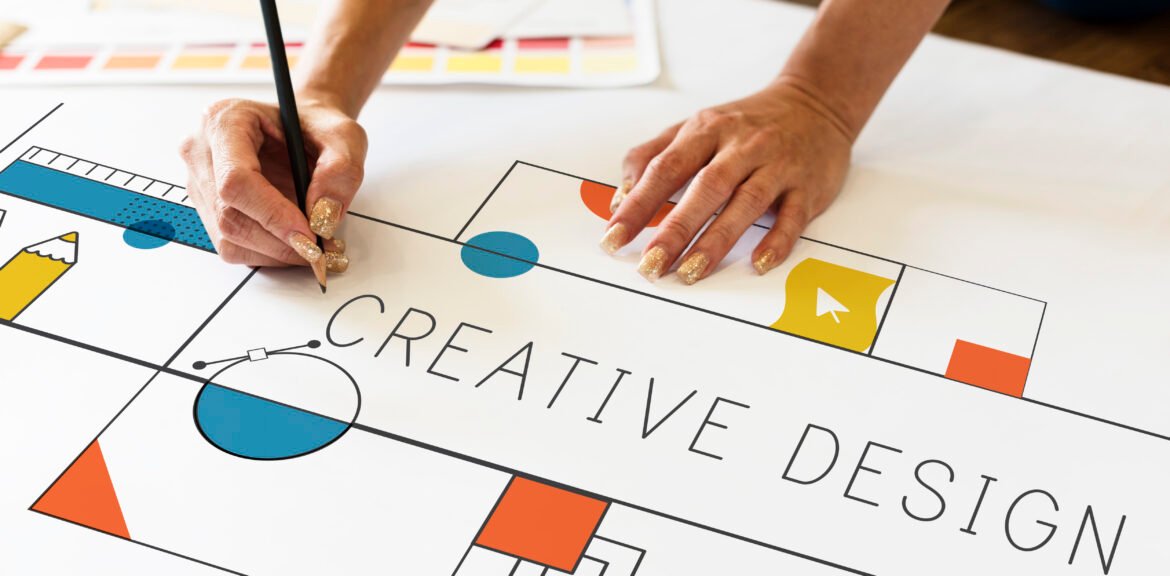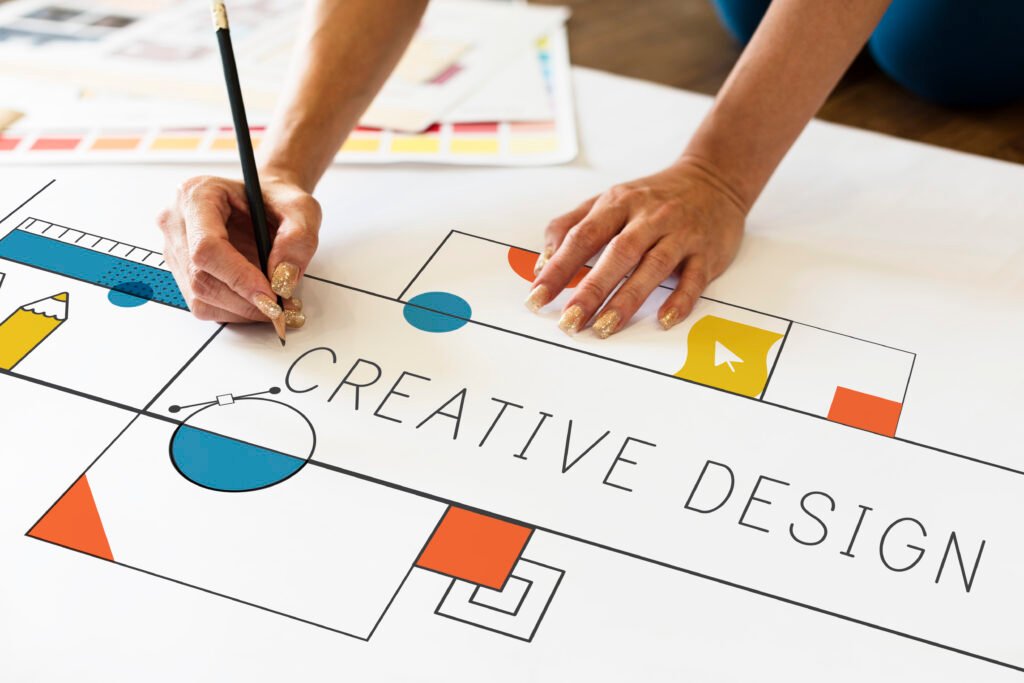
In today’s hyper-competitive market, design is not just about making things look good—it is about crafting an experience that influences perception, drives engagement, and, ultimately, impacts the bottom line.

Introduction
In today’s hyper-competitive market, design is not just about making things look good—it is about crafting an experience that influences perception, drives engagement, and, ultimately, impacts the bottom line. Whether it is brand identity, product packaging, user experience, or marketing collateral, design is a strategic business tool that shapes how consumers interact with and remember a brand.
This article delves into how design contributes to business growth, the role of user experience (UX) in digital success, and how leading brands leverage design to gain a competitive edge.

The Business Impact of Design
1. First Impressions Drive Consumer Decisions
Studies show that 94% of first impressions are design-related. Consumers take an average of 50 milliseconds to form an opinion about a brand’s website or packaging. If the design does not inspire confidence, they leave.
Example:
- Apple’s clean, minimalist aesthetic is not just about looking sleek—it conveys innovation, quality, and exclusivity. The design of their products and stores reinforces their premium brand perception, allowing them to command higher prices.
2. Design Increases Brand Recognition and Recall
A well-designed brand identity makes a company instantly recognisable. Consistent use of colours, typography, and imagery strengthens brand recall, and fosters trust over time.
Example:
- Coca-Cola’s signature red and cursive logo has remained unchanged for decades, making it one of the most recognisable brands in the world.
3. User Experience (UX) Enhances Customer Satisfaction and Retention
A seamless digital experience keeps users engaged and reduces bounce rates. Good UX design improves accessibility, ease of navigation, and overall usability.
Example:
- Spotify’s intuitive interface, personalised recommendations, and clean UI make music discovery effortless, increasing user retention and engagement.
.

How Design Affects Digital and Physical Branding
1. Website and App Design: The Gateway to Brand Perception
A company’s website is often the first point of interaction with potential customers. A well-designed digital presence improves credibility and conversion rates.
Key Considerations:
- Mobile Responsiveness: Over 60% of users browse on mobile devices; a non-responsive website alienates potential customers.
- Speed Optimization: Slow-loading websites lose users. A 1-second delay can reduce conversions by 7%.
- Visual Hierarchy: Strategic placement of CTAs, white space, and typography improves user flow.
2. Packaging and Product Design Influence Buying Decisions
Packaging design makes a product stand out in a crowded retail space. An effective package tells a story, builds curiosity, and conveys brand values instantly.
3. Advertising and Marketing Materials Reinforce Brand Positioning
Every touchpoint—social media graphics, email templates, print ads, and billboards—should maintain a cohesive visual identity that aligns with brand messaging.
Example:Example:
- Lush Cosmetics avoids excess packaging, emphasising sustainability and making its eco-friendly stance part of its brand’s visual identity.
- Nike’s bold typography, high-contrast imagery, and consistent campaign messaging strengthen its positioning as an empowering and performance-driven brand.
Leveraging Design for Competitive Advantage
- Invest in Professional Brand Identity
- A well-crafted logo, typography, and colour palette provide a foundation for consistent brand storytelling.
- Prioritise UX/UI in Digital Touchpoints
- A frictionless online experience enhances engagement, credibility, and sales conversions.
- Use Data-Driven Design Strategies
- A/B testing, heat maps, and analytics should inform design decisions to improve performance and engagement.
- Adapt to Market Trends Without Losing Core Identity
- Brands that balance innovation with consistency stay relevant without alienating loyal customers.
Key Takeaways for Marketers and Business Owners
- Design is not decoration—it is strategy. The right design choices impact brand perception, engagement, and revenue.
- First impressions matter. Poor design can drive potential customers away before interacting with the product or service.
- Consistency builds trust. A unified visual identity strengthens brand recognition and loyalty.
- User experience is critical. A seamless, well-structured digital experience improves conversions and customer retention.
Conclusion
Design is far more than aesthetics—a fundamental pillar of business success. From shaping brand perception to influencing consumer behaviour, strategic design has the power to elevate brands, improve engagement, and drive business growth.
Is your brand designed for success? Let’s create something impactful.



